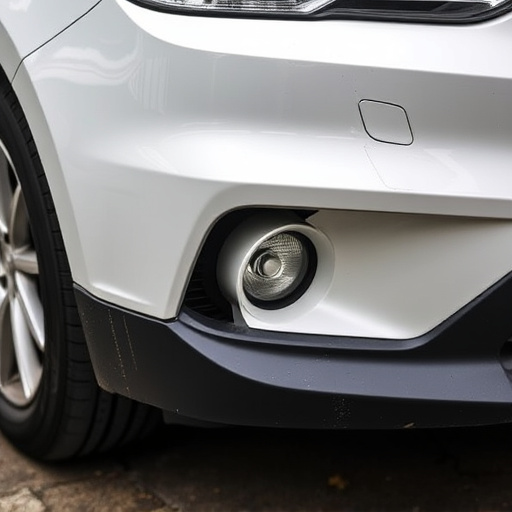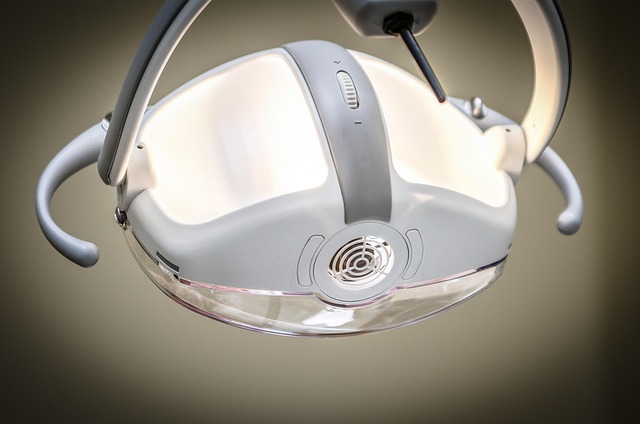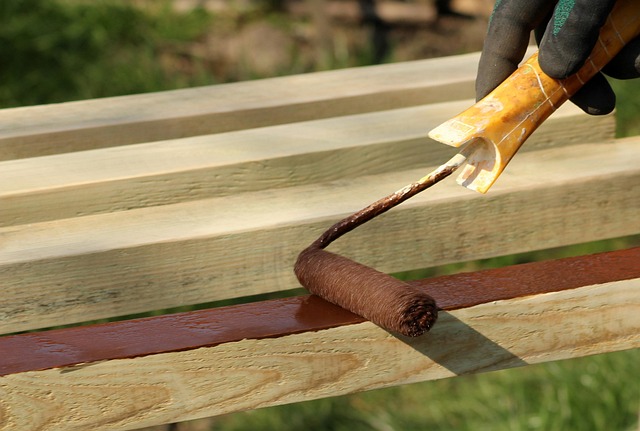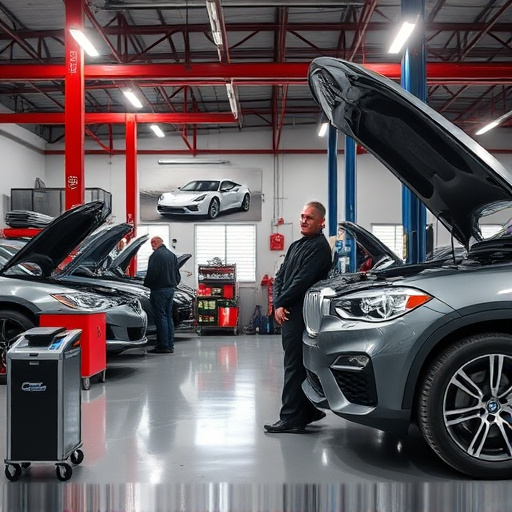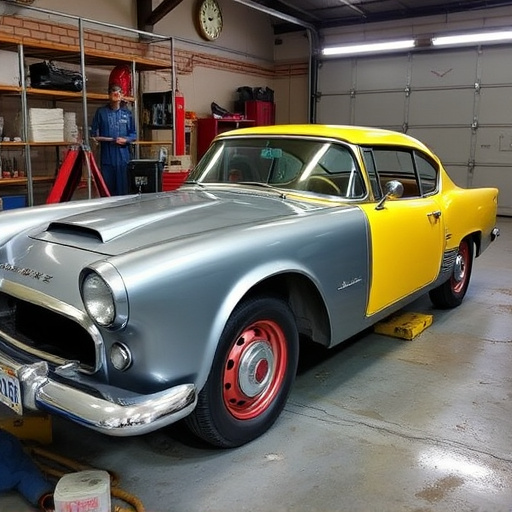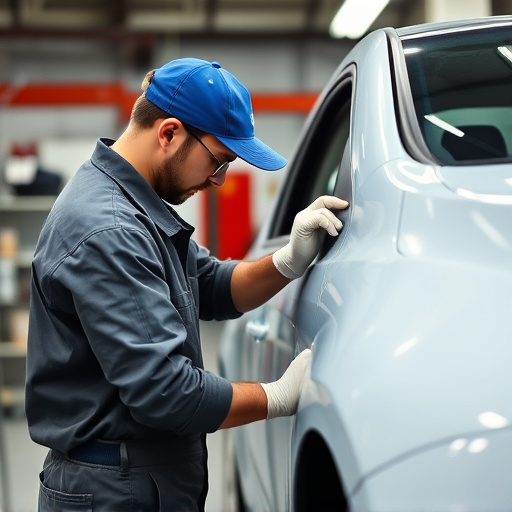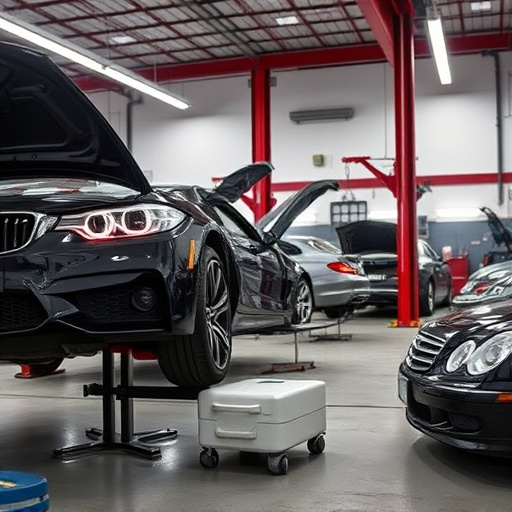The repair authorization service industry faces challenges such as complex insurance policies, varying provider procedures, and miscommunication leading to delays and customer dissatisfaction. Overcoming these hurdles is crucial for enhancing satisfaction and fostering collaboration. Digital solutions like document management and automated workflows optimize processes, reduce errors, and speed up turnaround times. Standardized protocols, automated communication, and collaboration tools enhance teamwork, especially in complex cases like Mercedes Benz repairs. These strategies enable auto body shops to offer competitive pricing, maintain market leadership, and attract a broader customer base.
In the complex landscape of after-sales service, efficient repair authorization processes are vital for customer satisfaction and business growth. This article explores the common challenges faced in repair authorization services, offering practical strategies to streamline operations and enhance collaboration. From simplifying approval workflows to improving communication channels, these tactics ensure timely repairs, reduce administrative burdens, and foster stronger relationships with clients and technicians. Discover how optimizing your repair authorization service can revolutionize your post-sales support.
- Understanding Common Challenges in Repair Authorization Services
- Streamlining Processes: Effective Strategies for Efficiency
- Enhancing Communication and Collaboration for Seamless Repairs
Understanding Common Challenges in Repair Authorization Services

The repair authorization service industry faces a myriad of challenges that can significantly impact its efficiency and effectiveness. Common hurdles include complex insurance policies, varying authorization procedures across different providers, and miscommunication between all parties involved—insurers, auto body shops, and policyholders. These factors often lead to delays in repairs, dissatisfied customers, and financial losses for automotive body shops.
Moreover, the process becomes more intricate when dealing with vehicle collision repair, where accurate damage assessment is crucial. Auto body restoration requires precise authorization to ensure the use of high-quality materials and adherence to safety standards. Understanding these challenges is the first step towards implementing strategies that streamline the repair authorization service process, enhancing customer satisfaction and fostering successful collaborations within the industry.
Streamlining Processes: Effective Strategies for Efficiency
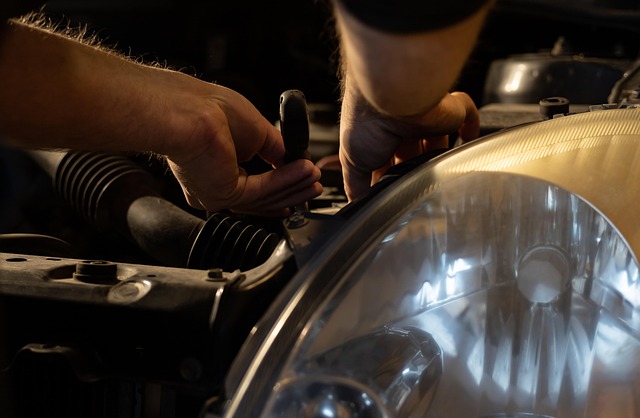
In the competitive landscape of automotive services, streamlining processes within a repair authorization service is more than just an efficiency boost; it’s a strategic necessity. Car body shops and auto collision centers that prioritize process optimization can significantly enhance their operational agility and customer satisfaction. Implementing digital solutions for document management and authorization workflows reduces manual errors and expedites turnaround times, ensuring faster repairs without compromising quality.
Additionally, adopting best practices such as standardized protocols and automated communication channels enhances collaboration among team members. This seamless integration not only simplifies complex repair processes but also fosters a culture of continuous improvement within the auto body repair facilities. As a result, businesses can offer more competitive pricing while maintaining high standards in their services, solidifying their position in the market and attracting a broader customer base.
Enhancing Communication and Collaboration for Seamless Repairs

Effective communication is the cornerstone for a successful repair authorization service. When dealing with clients and auto repair shops, clear and consistent messaging ensures that everyone involved understands the process, timelines, and expectations. A well-defined protocol for sharing updates, changes in plans, or any issues that arise fosters transparency, building trust between stakeholders. This is particularly crucial in complex cases involving specialized services like Mercedes Benz repair or extensive auto body repair, where multiple parties may be coordinating their efforts.
Collaboration tools and platforms can significantly enhance this process. Utilizing digital solutions for document sharing, project management, and real-time communication enables everyone to stay on the same page, regardless of location. This is beneficial not only for large-scale operations but also for independent auto detailing shops aiming to streamline their repair authorization processes. By implementing these strategies, the entire ecosystem of stakeholders can work cohesively, leading to faster turnaround times, reduced errors, and ultimately, more satisfied customers.
In conclusion, overcoming challenges in repair authorization services requires a multifaceted approach. By understanding common issues, streamlining processes through effective strategies, and enhancing communication among stakeholders, organizations can significantly improve efficiency and customer satisfaction. These steps are vital for creating a seamless repair experience, ensuring that both clients and service providers benefit from a robust and well-coordinated system.
